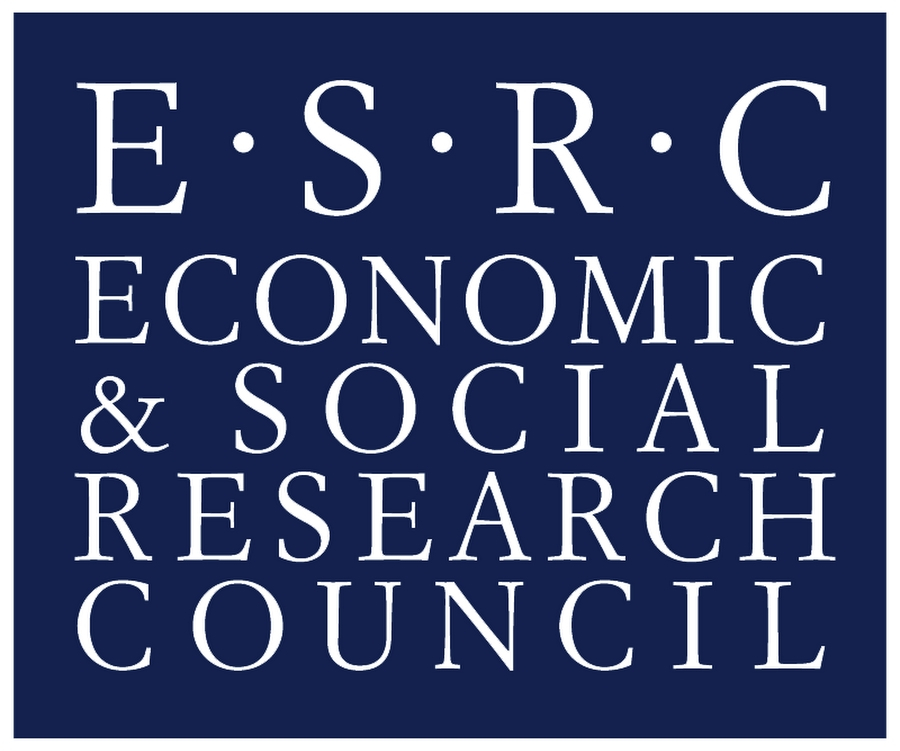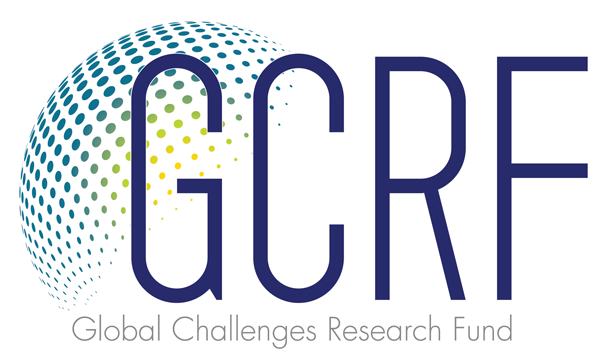
In the last two blogs we discussed the Lewis model of economic development, its contemporary relevance and its thinking on inequality and ‘trickle along economics’.
The Lewis model is just one theory of economic development. So where does it fit in the wider scheme of theories of economic development and why is it useful for thinking about the inequality dynamics of economic development and structural transformation or the ‘developer’s dilemma’?
First, a quick reminder – what do we mean by the ‘developer’s dilemma’? The developer’s dilemma is the distributional friction inherent in late economic development. Contemporary developing countries are seeking to achieve two goals: structural transformation and inclusive growth. The former is the shift from low to higher productivity activity. The latter we take to mean spreading the benefits of growth broadly.
The first, structural transformation or a shift towards higher productivity activities, is essential to economic development in developing countries. This is because economic growth led by structural transformation is likely to be sustained in the medium term in a way that commodity boom-led growth is not.
The second, inclusive growth, which has a genealogy in ‘pro-poor growth’, ‘growth with equity’ and other predecessors, is essential for the social stability which underpins waves of investment, in that it raises incomes and consumption across the population, particularly at the lower end.
That said, inclusive growth can take various manifestations in terms of who is ‘included’, how much, and in what way (and who decides who is included and the terms of inclusion).
Historically, it has been thought that structural transformation tends to entail a rise in income inequality during growth, as originally posited by both W. Arthur Lewis and Simon Kuznets (although neither necessarily saw it as inevitable), and that inclusive growth is ideally achieved with steady or even falling inequality (and certainly not with rising inequality) during transformation so that the incomes/consumption of the poorest rise substantially to reduce poverty rates.
How are countries to manage this tension and what are the experiences of countries that have managed the tension?
How does the Lewis model help with the developer’s dilemma?
Palma (2005) refers to three schools of economic development theory. He identifies the neoclassical school, which is indifferent to both sectors and activities. The Solow convergence models (traditional and augmented) and ‘endogenous’ models based on increasing returns, are examples of this school. A second school is ‘sector-indifferent’ but ‘activity-specific’, which Palma associates with Roemer and the neo-Schumpeterians who argue that research and development matter but that there is nothing special about manufacturing in terms of Kaldor effects. A third school is activity- and sector-specific and includes the Lewis model of economic development.
Of course, there are overlaps. For example, Diao et al. (2017, pp. 3–4) seek to link the structural dualism of Lewis with the neoclassical model by arguing that the neoclassical model shows the growth process within the modern sector and the dual model shows the relationship between sectors.
The group of theories of economic development within which the Lewis model sits is that which is premised on the notion that economic growth is both ‘sector-specific’ and ‘activity-specific’. What binds this group together is that growth dynamics are dependent on the activities being developed and the effects of manufacturing. Thus, issues such as technology, externalities, balance of payment sustainability, and convergence with advanced countries are a function of the size, strength and depth of manufacturing.
The importance of manufacturing is predicated on the work of Kaldor (1967) who sought to explain the economic development of Western Europe through the development of manufacturing, which he argued was the engine of growth for every country at every stage of economic development.
So how does the Lewis model of economic development help with thinking about the developer’s dilemma? First, the Lewis model is based on economic development by structural transformation and thus ideally fits with the study of structural transformation and furthers the relationship with inclusive growth. Second, the Lewis model is appealing not only because of its focus on ‘sectors’ but because of its heterodox history and critique of neoclassical approaches that are indifferent to sectors and activities. Finally, Lewis is centrally concerned with inequality in several ways and relatedly the basis for the Kuznets hypothesis of changes in inequality during economic development.
These are three reasons why the Lewis model is essential in studying the inequality dynamics of structural transformation.
Andy Sumner is a Reader in International Development in the Department of International Development, King’s College London. He is Director of the ESRC Global Poverty & Inequality Dynamics (GPID) Research Network.
Related reading
| Briefing paper 12 | Andy Sumner | Is the Lewis Model of Economic Development still Relevant to Developing Countries? | 20/04/2018 |
| Briefing paper 13 | Andy Sumner | Trickle Along not Trickle Down? Inequality and the Lewis Model of Economic Development | 20/04/2018 |
| Country Note 1 | Arief Yusuf and Andy Sumner | Poverty, Inequality, and Structural Change in Indonesia | 29/09/2017 |
| Country Note 2 | Kunal Sen | Poverty, Inequality, and Structural Change in India | 29/09/2017 |
| Country Note 3 | Sergio Firpo and Renan Pieri | Structural Change and Wage Inequality: the Brazilian Case | 29/09/2017 |
| Country Note 4 | Morné Oosthuizen | Poverty and Inequality in South Africa | 29/09/2017 |
| Briefing paper 4 | Cinar Baymul and Kunal Sen | What Do We Know about the Relationship between Structural Transformation, Inequality and Poverty? | 29/09/2017 |

